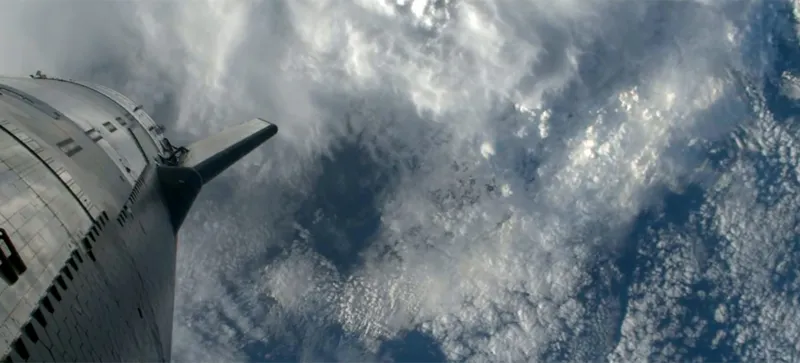
SpaceX’s Starship rocket achieved a significant milestone in its third test flight, marking substantial progress in the company’s ambitious space exploration efforts. The two-stage vehicle, equipped with 33 engines, successfully launched from its Texas site, propelling its upper portion to re-entry over the Indian Ocean. Despite a momentary loss of radio contact towards the end of the flight, SpaceX declared the mission a success, signifying a remarkable improvement following previous setbacks in April and November 2023.
Elon Musk, SpaceX’s visionary CEO, expressed delight at the successful flight, emphasizing Starship’s potential to revolutionize space travel and ultimately facilitate humanity’s journey to Mars. The rocket’s revolutionary design, boasting 33 engines producing 74 meganewtons of thrust, aims for full reusability akin to an airplane, promising to significantly reduce the costs associated with space activities.
Throughout the flight, Starship captured spectacular views of Earth from over 100 miles above its surface, showcasing its capabilities and potential for transporting both people and supplies to the Red Planet. The successful test flight also demonstrated the functionality of the payload bay door for deploying Starlink satellites, further aligning with Musk’s ambitious plans to expand global broadband internet coverage through the Starlink project.
Looking ahead, SpaceX plans to conduct six more test flights this year to refine Starship’s technology further. Engineers will meticulously analyze data from the flight to address any issues and continue enhancing the rocket’s capabilities. Starship’s success underscores SpaceX’s commitment to advancing space exploration and technology, inspiring optimism for the future of space travel and humanity’s expansion into the cosmos.
Also, see:
Ministry of Interior Ordered to Suspend Mobile Service Across Pakistan on 8th February